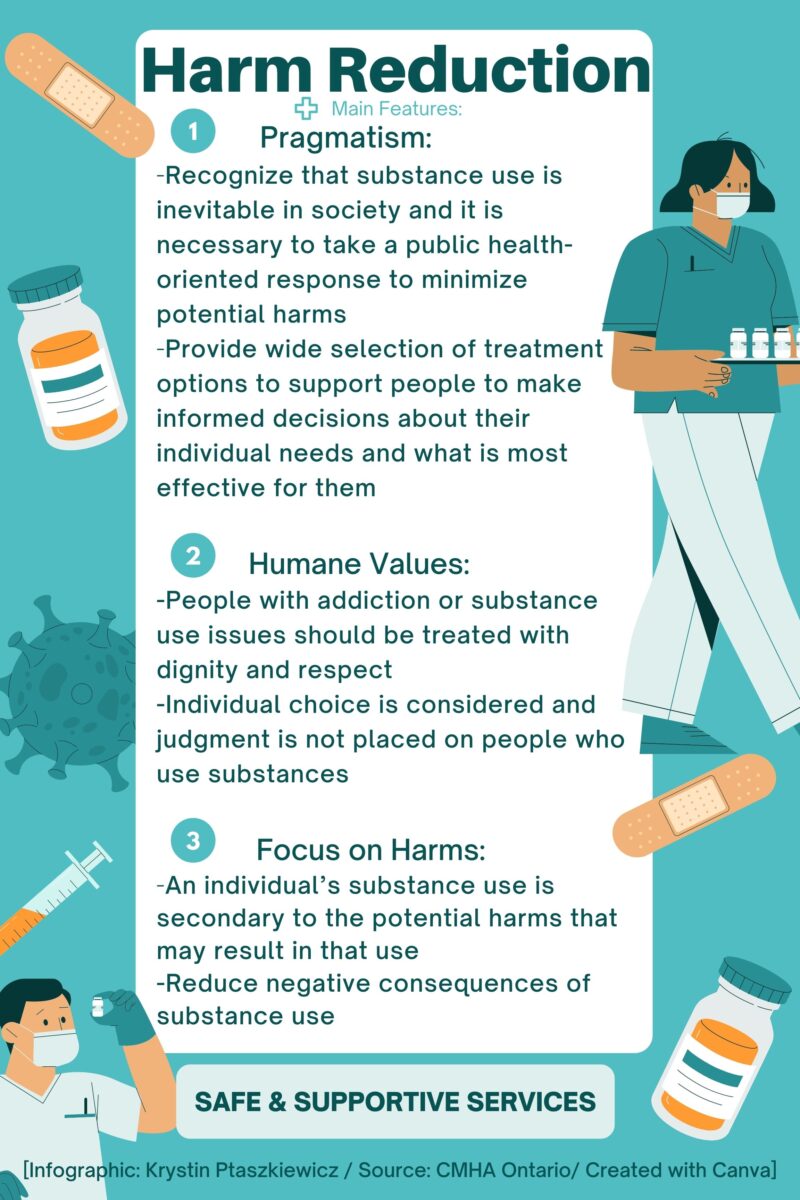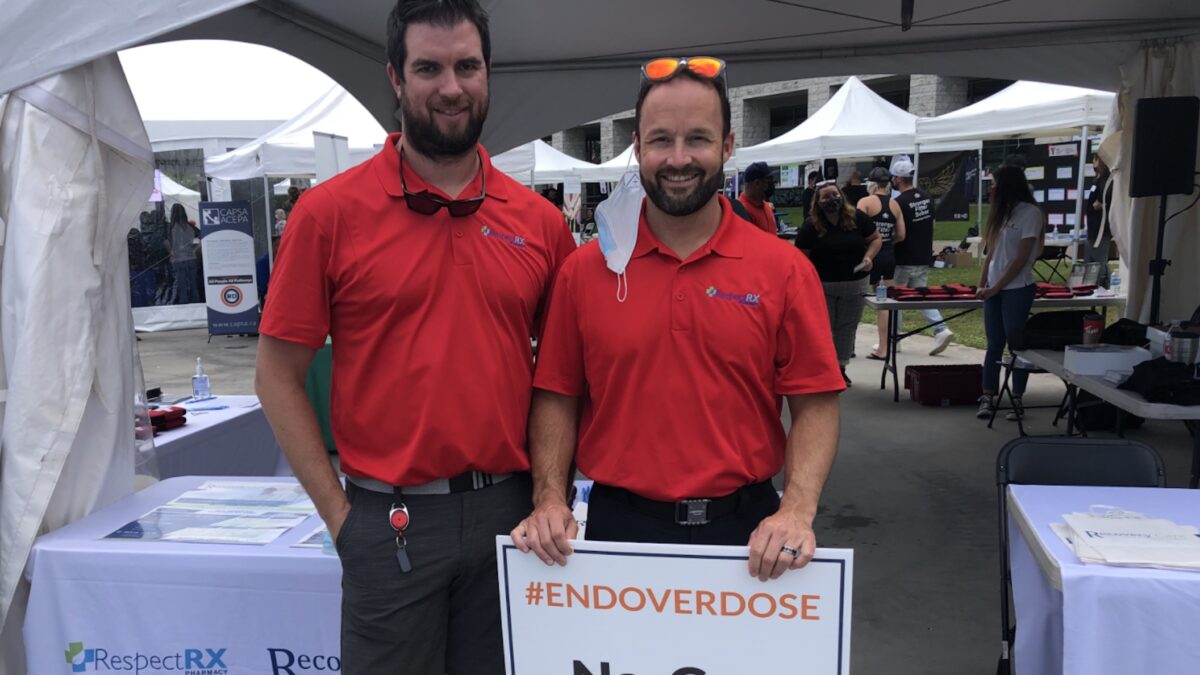
Remember the “Just Say No” ad campaign from the U.S. “War on Drugs” in the 1980s and ’90s?
Well, it didn’t work.
And the same strategy — trying to convince people not to use drugs that ease pain or have other desired effects — hasn’t worked in this country either.
One in 10 Canadians is experiencing issues with substance use, estimates the Toronto-based Centre for Addiction and Mental Health.
According to Public Health Ontario, 1,516 people died from opioid overdoses in Ontario in 2019. In 2020, that number nearly doubled, which led the province to declare a state of emergency.
We are experiencing a fatal intersection between the COVID-19 pandemic and the opioid crisis. There has been a 40-per-cent spike in opioid-related deaths since the onset of the coronavirus crisis.
Think about COVID and what we need to do to manage it: we need to wear masks; we need to physically distance; we need to reinvent our social relationships; we need to get vaccines.
These are all behavioural changes.
Practising harm reduction when it comes to drug use is also about modifying behaviours. It’s an evidence-based approach aimed at reducing the physical and social harms associated with substance use and addiction.
These positive outcomes not only affect the person who uses drugs, but also their families and the community.
Despite the evidence, harm reduction is is still considered “controversial.” There are many who continue to argue that by providing such services, it is encouraging or enabling substance use.
Based on that logic, doling out free condoms in high schools is condoning sex among minors.
Maybe we should hammer them with the concept of abstinence some more?
Because that worked so well …
Abstaining from drugs and alcohol is just not always a realistic expectation and (like condoms) a “one-size-fits-all” approach is not going to work.
Using person-first language puts the person before the condition or label. Behind these labels are real people … your friends, your family and others in your community.
The negative connotation associated with harm reduction is problematic because it increases the stigma and discrimination against people who use substances or have a substance use disorder.
Maybe you’re wondering why I don’t use the term “drug addicts.”
I intentionally chose the words “people who use substances or have substance use disorder” because that is what they are – what we all are — people.
Using person-first language puts the person before the condition or the label. Behind these labels are real people. These are people you know — your family, your friends and others in your community.

Addiction is a process that is different for each person. It’s time to meet people where they are in that process.
Recovery is personal and subjective. One person’s version will rarely align fully with another’s experience. Whether the goal is to stop, reduce, or to continue at the same pace, the focus must be on having services available at every step to ensure safe substance use.
It is time to come to terms with the fact that people are going to consume substances — legal or illegal, regulated or unregulated — from a doctor or a dealer.
The consequence is that thousands of people are dying. As a society we need to talk about the relevant issues if we want to prevent this crisis from escalating further.
A recent report from the Global State of Harm Reduction concluded: “Canada is among the most progressive countries in the world with regard to the implementation of harm reduction, though there remain significant issues in accessibility and service provision.”
It’s essential that this country expands access to harm reduction services, including safer spaces to use substances, increased distribution of naloxone overdose kits, introducing a safer supply of regulated drugs and updating ineffective drug policies and legislation.
Lives can be saved by recognizing that people are going to engage in these behaviours. And when they do, the best way to respond is by providing them with the opportunities and resources to use substances as safely as possible.
Using substances is not a moral failure, but failing as a society to take immediate action — to mitigate harm and ensure ready access to support — is.




